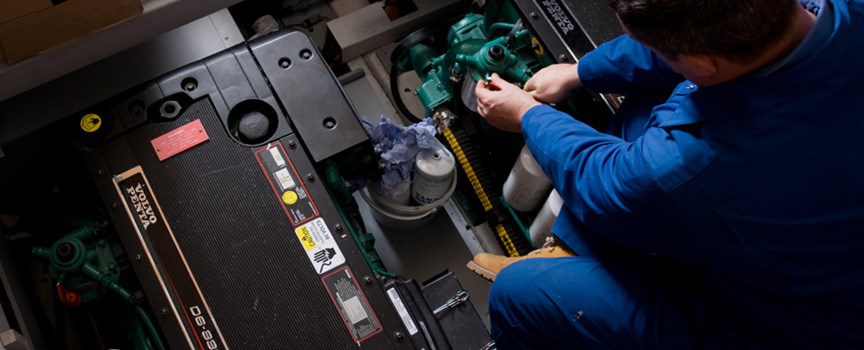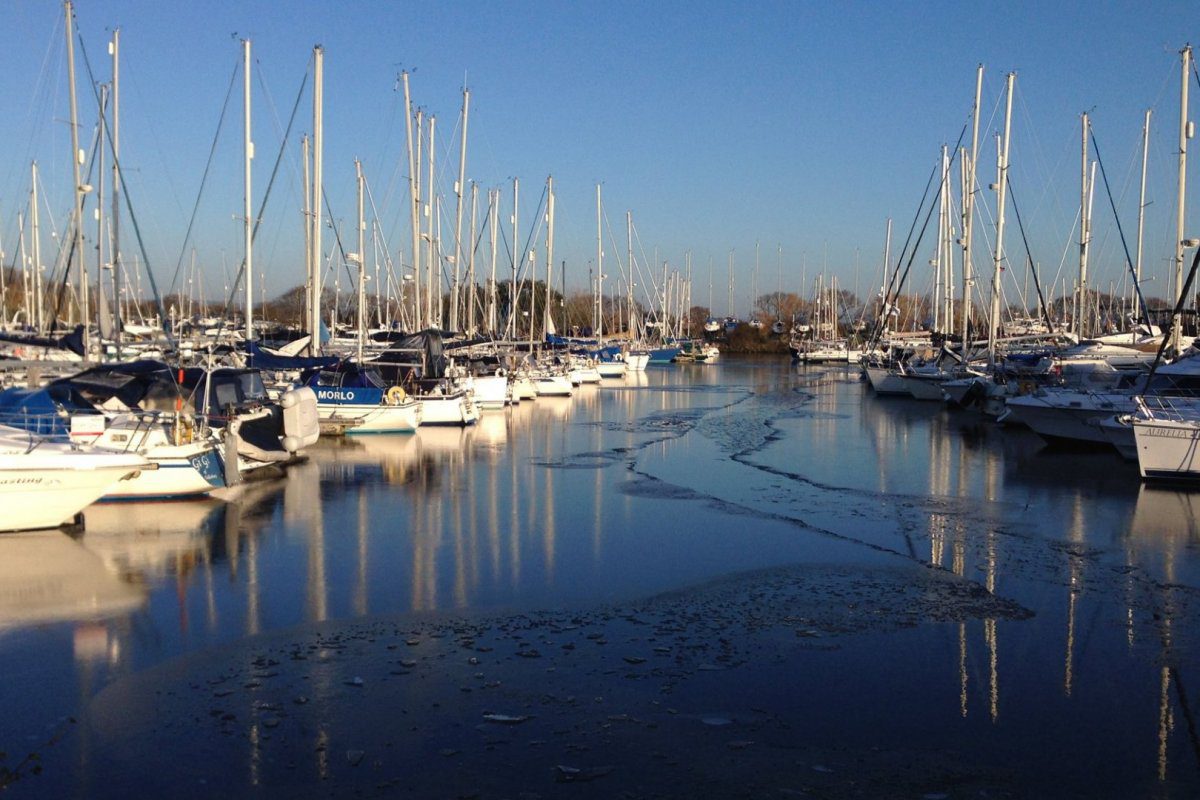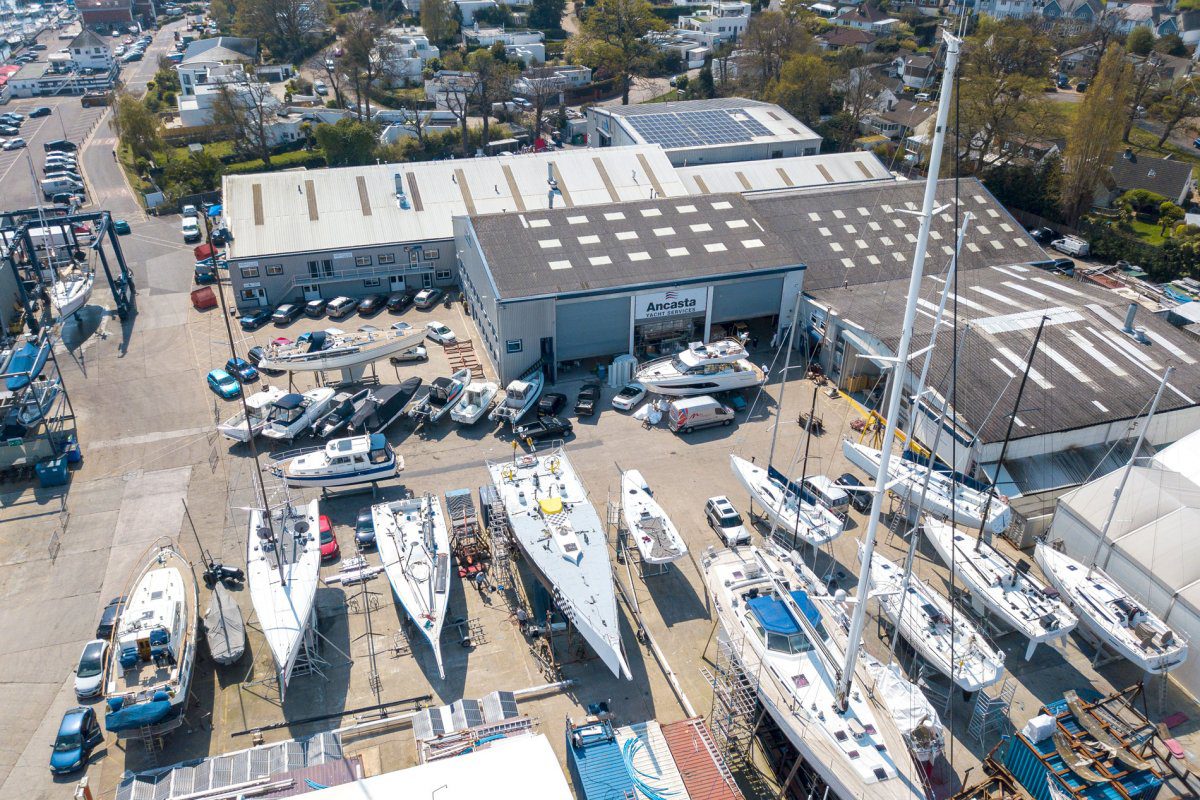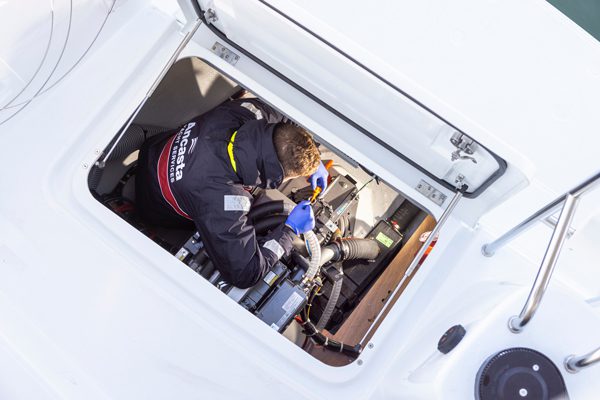Boat Winterisation Guide
How to Prepare Your Boat for Winter

Why Winterise Your Boat?
Taking protective measures before you store your boat for the winter will help ensure it’s ready to get back on the water when you are. It’s not just winter that can impact your boat’s performance; inactivity itself can lead to wear and tear. Without proper checks, corrosion can spread, moisture can get in places it shouldn’t, and oil can clump and cause issues in the new season.
- Prevent damage from freezing temperatures (cracked engines, split hoses, burst pipes)
- Reduce the risk of corrosion and osmosis by protecting hulls and fittings
- Stop mould and mildew from damaging interiors and furnishings
- Save money in the long run – repairs caused by poor winter storage are often more expensive than prevention
- Ensure hassle-free launching in spring with everything in working order

Boat Winterisation Checklist
1. Clean and dry out your boat thoroughly
It sounds obvious, but a clean boat will endure the winter months much better than a dirty one! This also reduces the time required to get the boat back on the water.
- Wash the exterior: Start by giving the decks, hull and topsides a good clean to remove dirt, grime, and salt build-up. Pay careful attention to deck fittings, tracks, cleats and winches to prevent corrosion.
- Inspect the hull: Check for any blistering or flaking on fiberglass hulls and panels, and repair them if required.
- Launder canvas items: Boat covers, spray hoods, anwings and biminis should be cleaned to remove dirt and any salt residue.
- Dry out the boat: Ensure that the boat is as dry as possible before putting it into storage to avoid damp. If the boat is stored outside, ensure that a suitable cover is used. This needs to fully protect the boat’s interior and decks from mildew, snow and ice.
- Remove soft furnishings: Where possible, take soft furnishings home or put them into storage; somewhere cool and dry. This will prevent damage and keep them fresh. Where furnishings are too large to take home, hang them up so the air can circulate throughout the boat. If there is little circulation in the storage area, a low power de-humidifier can help.
- Remove perishables: Empty fridges and freezers of any food, defrost and clean.
- Remove safety kit: Place any removable items such as flares, fire extinguishers, fenders and electronics into storage for the winter.
2. Service the Heads
- Pump out waste at an approved facility
- Flush with fresh water
- Add antifreeze
The heads on your boat should always be cleaned regularly. However, when winterising, there are a couple of additional things you can do to keep them fresh. While pumping out at your local approved facility, add fresh water and flush through several times to help clean the system. Once clean, you may also be able to add antifreeze to the system, but check the boat’s manual to ensure that this won’t cause damage before applying. If it is safe to use, pump through the hoses, holding tanks, valves and macerators.
3. Service the engine
A professional engine service is highly recommended when winterising your boat. If this is not possible, there are some must-do actions that can help increase the lifespan and efficient running of the engine come Spring.
- Change the engine oil: Water and acids in the oil can degrade and corrode the metals in the engine over time, so adding fresh oil greatly reduces the chances of foreign liquids being present. Ensure that you run the engine for some time before replacing as this helps the viscosity of the oil and leads to a much cleaner, and quicker oil change.
- Drain and refresh the engine cooling system: Draining the coolant alone isn’t quite enough – ensure that you run clean water through the system and top up with high quality antifreeze diluted to the manufacturer’s recommendation.
- Loosen the drive belts: If drive belts are kept under high tension they can crack during storage.
- Fog the engine: Spray fogging oil either through the spark plug holes or into the carburettor whilst the engine is turning over. This helps ensure that as much of the engines internal moving parts are oiled. Consult your engine’s manufacturing guide for instructions as each boat can vary.
- Grease steering systems: Steering mechanisms should be given extra care during the winterising process. Ensure they are greased deep into the joints and that everything continues to move freely. Any obstructions could lead to stored tension and cracking or sheering.
4. Winterise the fuel
- Fill the tank almost to the top
- Add a fuel stabiliser
- Replace filters
Fuel can be left in the tank over the winter, but a little preparation should be taken if it is sitting there for months on end.
Fill the tank to within 1 inch full, allowing for expansion on warm days, and add a suitable fuel stabilising agent. Fuel can also break down, so it’s important to run the engine to draw the stabilising agent through the engine with the fuel for 10 to 15 minutes ensuring good coverage. To further alleviate condensation, add some Vaseline around the fuel cap to prevent unwanted moisture getting in and out.
It’s also worth considering replacing pre-fuel filters as any issues at this stage can be resolved during the winter months ensuring that your boat is in first class condition come spring or summer.
5. Disconnect batteries
- Disconnect batteries
- Top up with distilled water
- Charge regularly
The cost of replacing batteries can be expensive, so it’s best to disconnect them when winterising your boat. Furthermore, giving them a charge from the mains (land power) and topping them up with distilled water could help increase their lifespan. Please consult the battery manufacturer before making any changes outside of disconnecting the battery.
6. Check the Hull and Topsides
If you’re hauling your boat out for winter, take the opportunity to inspect the hull(s) and running gear.
- Check for blisters, stress cracks or areas of osmosis. Addressing issues over the winter months is easier and more economical than delaying it until Spring, when you risk delaying your re-launch.
- Fresh antifouling will protect your yacht from marine growth and will help improve fuel efficiency under engine, and faster sailing under sail.
- Replace sacrificial anodes if they’re below 50%. This will preserve the health of your in-water components and prevent corrosion.
- Revive faded topsides and gelcoat with a thorough hull polish. We recommend a multi-stage process: cutting, buffing, and applying protective wax for a durable, glossy finish.

7. Check your boat regularly
Although the above checkpoints are great to do before your boat goes into winter storage, there is no greater thing than to check your boat regularly. Visiting your boat during the winter months can help identify any potential problems early and ensure plain sailing when you launch your boat in the spring / summer months.
Also pay close attention to the manufacturer’s manual. Each make and model is different and the best care will often be available to view. If in doubt, call the manufacturer. Alternatively, the Ancasta after-sales maintenance team or a specialist can alleviate any concerns and deliver the best results.

Professional Boat Winterisation with Ancasta
At Ancasta Yacht Services, we offer the following yacht winterising services:
- Full professional winterisation
- Engine servicing and maintenance
- Haul-out, lifting, and undercover workshops
- Advice tailored to your yacht or motorboat
For support, more information or for professional winterisation, lifting and storage facilities, please get in touch.





